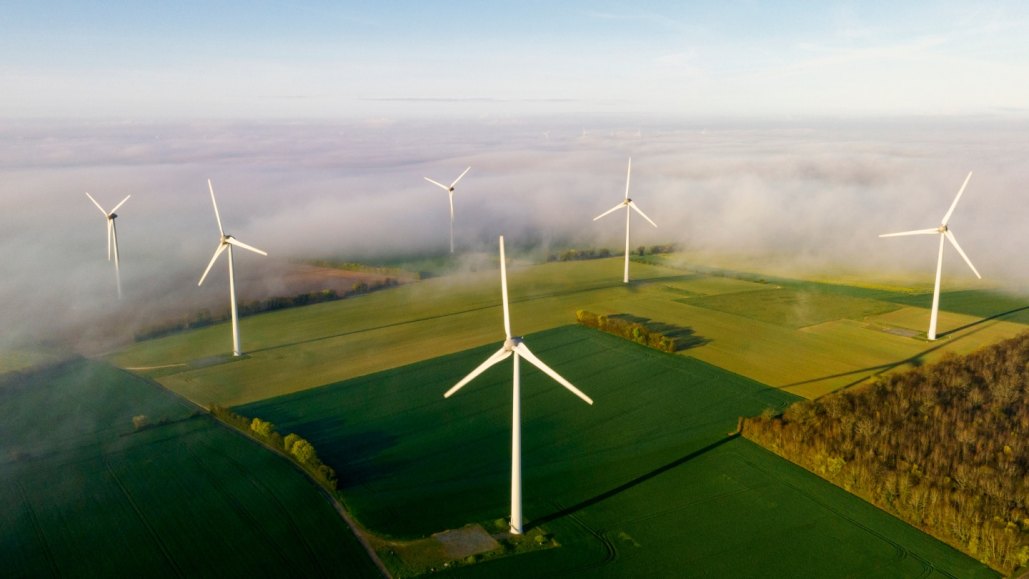Introducing a New Term for Harnessing the Wind: Ventography

Wind ownership is up for grabs.
As an unpaid intern at an energy company in England, Emilia Groupp spent two years creating wind maps for renewable energy development. Colleagues told Groupp to ignore wind blowing across British borders, saying things like, “Oh we don’t want French wind,” recalls Groupp, an anthropologist of energy at Stanford University.
Groupp refers to this politicizing of wind for energy development as “ventography” in a study published September 18 in Environment and Planning D: Society and Space.
Help us improve by taking our 15-question reader survey.
People tend to think of wind as an “elusive force that cannot be bound or owned,” Groupp writes. And yet, she says, nations are following an old blueprint to do just that.
For decades, laws and policies worldwide have let nations expand their territorial claims offshore and belowground to drill for oil and gas. Some nations are now turning to those same policies to turn their gaze skyward. “Oil has shaped … the idea of the nation state as going downward, into the subsoil, not stopping at just the top,” Groupp says. “Now we are going up.”
If wind can be owned, it can also be stolen. Wind theft occurs when one entity, typically a nation, builds a wind farm close to and upwind of an existing wind farm. Those new turbines, especially when built offshore, can slow wind speeds and decrease power generation at the old turbines.
Many countries are now fighting for control over wind resources by generating expensive maps that use satellite data to “forensically trace wind currents,” Groupp writes. Greece and Turkey have generated competing wind maps; so too have the many countries surrounding the South China Sea.
Lest anyone think that wind ownership is unique, Groupp is also researching the politicization of solar power. But she has yet to coin a word for owning the sun.




